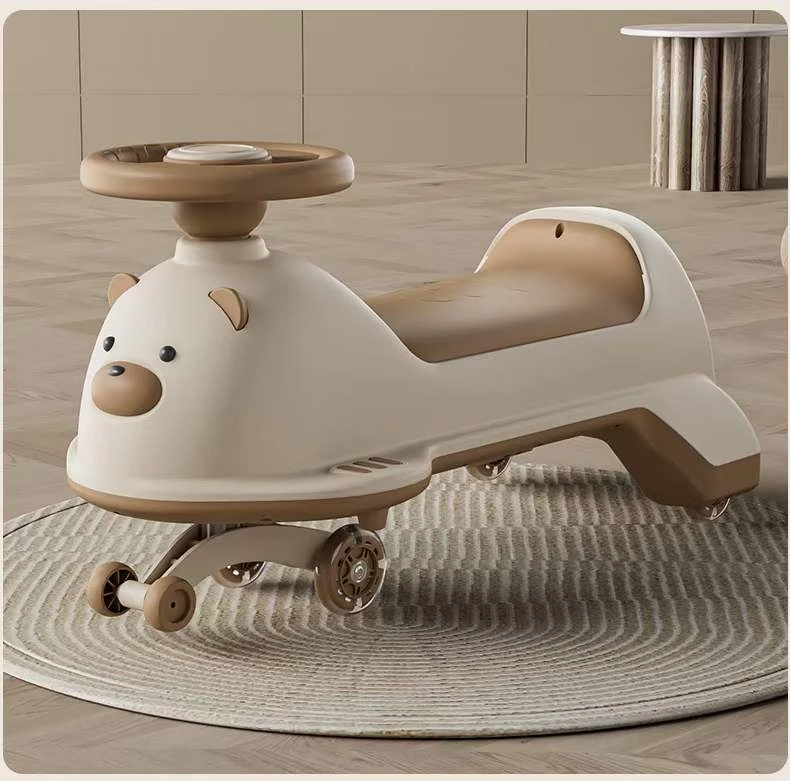Lightweight Kids Balance Bikes for Fun and Safe Learning without Training Wheels
The Joy of Children's Balance Bikes A Key to Early Independence
In recent years, balance bikes have surged in popularity among parents and caregivers seeking effective ways to introduce their children to the world of cycling. Unlike traditional bicycles, balance bikes are designed specifically for young riders, typically aged 2 to 5 years old. These innovative two-wheelers offer a unique approach to teaching balance and coordination without the need for pedals. Here, we explore the benefits of children's balance bikes, their operational mechanics, and the role they play in fostering independence and confidence in young children.
Understanding the Concept of Balance Bikes
A balance bike, or run bike, is a pedal-less bicycle that allows children to sit on a frame, propel themselves with their feet, and steer. The fundamental idea behind a balance bike is to help kids learn the principles of balance and steering before introducing them to pedals. By gaining confidence in managing their speed and direction, children find it easier to transition to a traditional bicycle when they are ready. The design usually comprises a lightweight frame, adjustable seat height, and two wheels, which make it easier for children to maneuver, control, and ride safely.
Benefits of Using Balance Bikes
One of the primary advantages of balance bikes is that they encourage the development of physical skills. Children strengthen their core, improve their coordination, and enhance their spatial awareness as they push, glide, and steer their bikes. The experience of balancing on two wheels prepares them for future biking adventures, laying a solid foundation for gross motor skills.
Additionally, balance bikes promote independence. Children who ride these bikes often feel a sense of achievement when they learn to balance and steer on their own. This fosters self-esteem and encourages them to try new things without fear of falling. The thrill of riding a bike, even one without pedals, can be incredibly empowering for young children.
Safety Features and Considerations
children's balance bike

Safety is paramount when it comes to children’s toys, and balance bikes are no exception. Most balance bikes are designed with safety features such as low seat heights, lightweight materials, and durable, puncture-resistant tires. Parents should always ensure that their child wears appropriate safety gear, including a helmet, knee pads, and elbow pads, to reduce the risk of injury during their ride.
When selecting a balance bike for a child, it’s essential to consider the child's height and weight to ensure a proper fit. An ill-fitting bike can be challenging to control and may lead to accidents. Many brands offer adjustable options to accommodate growing children. It’s also beneficial to involve children in the selection process, allowing them to choose a bike that excites them with colors and designs they love.
The Right Environment for Learning
To maximize the benefits of balance bikes, parents should create a suitable environment for their children to learn. Open and safe spaces, such as parks or driveways, are ideal for practice. Parents can offer guidance, encouragement, and support as children get used to their bikes. It’s essential to take things at the child’s pace, ensuring they feel comfortable and confident.
Transitioning to Pedal Bikes
The time it takes for a child to transition from a balance bike to a traditional bicycle varies. Children may start riding a pedal bike as early as 4 years old, but each child is unique. Some may take to it quickly, while others may need more time. The skills acquired from balance bike riding, such as steering and stopping, are directly transferable to pedaling, making this transition smoother and more enjoyable.
Conclusion
In conclusion, children's balance bikes serve as an excellent tool for fostering independence, confidence, and essential motor skills in young riders. By prioritizing safety and providing a supportive environment, parents can facilitate a positive biking experience that encourages exploration and physical activity. As children glide along on their balance bikes, they are not only learning to ride but also embarking on a journey of growth and self-discovery—a joyful ride that paves the way for future adventures on two wheels.
-
Three-Wheel Light-Up Scooter Benefits for KidsNewsJul.11,2025
-
The Importance of Helmet Safety When Using a Kids ScooterNewsJul.11,2025
-
Nurturing Early Mobility with an Infant ScooterNewsJul.11,2025
-
How to Choose the Safest Tricycle for KidsNewsJul.11,2025
-
Fixing a Squeaky Baby Push Tricycle in MinutesNewsJul.11,2025
-
Cleaning and Maintaining a Tricycle for Big KidNewsJul.11,2025
-
Unleash Fun and Safety with Our Premium Kids Scooter CollectionNewsJun.06,2025








